To paraphrase a philosophical conundrum: if an artwork exists in a gallery, and nobody sees it, is it still meaningful? As cultural institutions closed their doors amid the Covid-19 pandemic, those in charge immediately began wondering and working on how to keep their collections meaningful and alive.
Now, using Street View technology, Google Arts & Culture has teamed up with some of the world's leading and most famous museums to let you, if not exactly wend your way through their corridors, at least enjoy a virtual visit. So what's it like? Given that so many of us tend to filter the world through a smartphone lens these days, is doing it online so different to traversing the corridors of Florence's Uffizi Galleries on foot – just without the sore feet and mosquito bites?
The answer is yes: it’s very different. Unless you’ve picked a really esoteric, or lousy and unpopular, exhibition, most of us experience art viewing as part of a crowd. The grey-blue hued spaces of Amsterdam’s Rijksmuseum galleries are eerily empty on my computer screen. There’s also an odd disconnect. Closing in, via my mouse, on Rembrandt’s The Night Watch, as birds sing outside my kitchen window, isn’t quite the same as approaching it in the gallery, mentally preparing for awe. Looking up from my screen and through that window, I can see a load of gardening that really needs attention.
That’s the thing: we commit to going to a gallery. The journey to it, its entrance hall, the admission charge (if you’re almost anywhere but Ireland), all are part of a process of refining and focusing your mind, until you’re truly ready to give time to some of the world’s greatest masterpieces. And face it, if virtual viewing really was even better than the real thing, the advent of the internet would have closed galleries down years ago. No, visiting a museum is a physical as well as an intellectual pursuit.
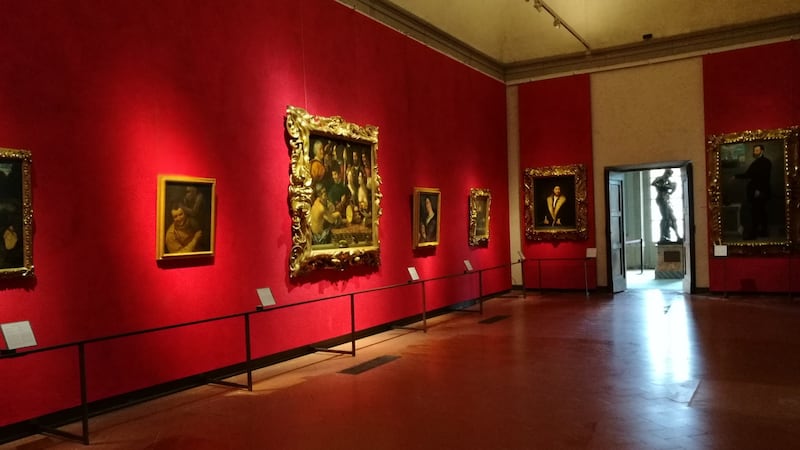
Galleries also direct attention. In the Uffizi, the heat of the city and smell of the nearby Arno add to the experience of being there. However, once inside, you can focus in on the acknowledged superstars, because they’re surrounded by thick clusters of fellow visitors. Via Street View, the gilt-framed images appear equal. I start to feel elements of video gaming, as I work out how to click through, to enter new galleries, tracking down a Caravaggio or a Leonardo; but once I hit on such a masterpiece, I get a strange sense of “so what”.
Losing expectations
Virtual museum-going is obviously a different experience, but once you lose your expectations it can become differently rewarding. I divert to dive into another of Google Arts & Culture’s features: their gigapixel Art Camera, which has scanned some seriously stellar paintings and imaged them to microscopic minutiae. My love of Kandinsky is rewarded at nerdish levels of extreme, as I can see his brushstrokes at a degree that the painter himself almost certainly never did.
This is something only the internet can do, but do I want it? Despite ideas about transcendent art objects that exist in and of themselves, artworks are part of the world in which they were made. Physical objects are talismans of their history, and ours. They connect to our knowledge of the artist, and how and where they lived, and they accumulate meaning going forward through time. Just as many of us never fully gave up books and vinyl when the digital alternatives became available, there is something about standing in front of an artwork that always makes me feel connected to the maker, however old that artwork is. In an odd way, the gigapixel technology does bring that feeling a little closer. Even though Kandinsky never saw his brushstrokes at such a level of detail, it does make the paint, even at a remove, more of a reality.
Give it time, and the Street View technology can grow on you. There’s something comforting in seeing the timeless galleries of the older museums waiting, as it were, for everything to settle down again. As well as being spaces for exhibition, museums are also places of care, where artworks are minded for the future, and the virtual tours of the vacant halls remind us of that.
On the other hand, another way in which virtual viewing doesn't match up to reality is that it can't replicate the autograph-hunting, checklist nature of today's gallery-going – which may not be good for your carbon footprint, but is a compelling human impulse. People now go, not so much to see the Mona Lisa – surprisingly tiny behind its protective shield – but to be seen to have been there.
Leonardo da Vinci's painting is famous for being famous, for being stolen and recovered, and for being mysteriously priceless. The Mona Lisa is famous for what it is representative of, as much as for what it represents. When the Louvre does reopen, the Mona Lisa will once again be crowded with selfie-taking tourists. Until then you'll have to content yourself with a virtual tour, or with one of the many selfie-faking background-changing apps available, to put you right on the spot. See you in the museum. artsandculture.google.com/project/street-view
The world’s your art oyster: an online guide
Street View isn’t the only game in town, as different spots have come up with different solutions to opening up their exhibits while closed.
The British Museum
In addition to a Street View tour via Google Arts & Culture, some of the British Museum's treasures have also been scanned to gigapixel level. See the disputed Parthenon Frieze, explore the Rosetta Stone, search a mind-boggling database of more than 4 million objects, and check out online school sessions for kids. britishmuseum.org
Hermitage Museum
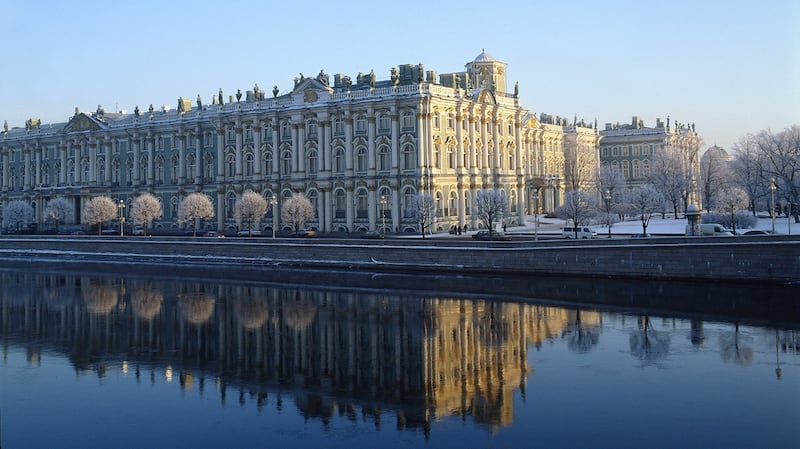
A confession – I didn't watch it all, but to test the battery life and camera on the iPhone 11, Apple created a five-hour, 19-minute and 28-second one-take tour of St Petersburg's magnificent Hermitage Museum. Unhurried, with delicious music, and taking in performances and masterpieces en route, this is a marvellous must-see. A handy guide on YouTube tells you the time spots for the high points, but you might just want it on in the background – all the time. hermitagemuseum.org
Dalí Theatre-Museum
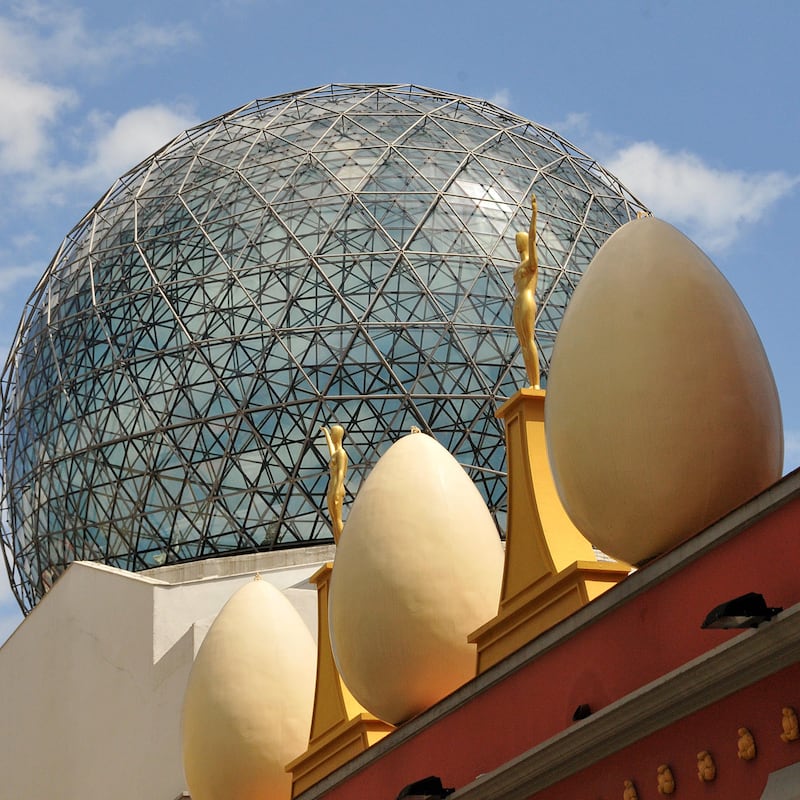
360° filming puts you at the heart of the wonderful Salvador Dalí museum in Figueres, Spain, which also includes the artist's tomb. The resolution is excellent and if you work out your toggling, you can feel as if you're flying over the rooms: something of which, no doubt, Dalí would have approved.salvador-dali.org
The Guggenheim, New York
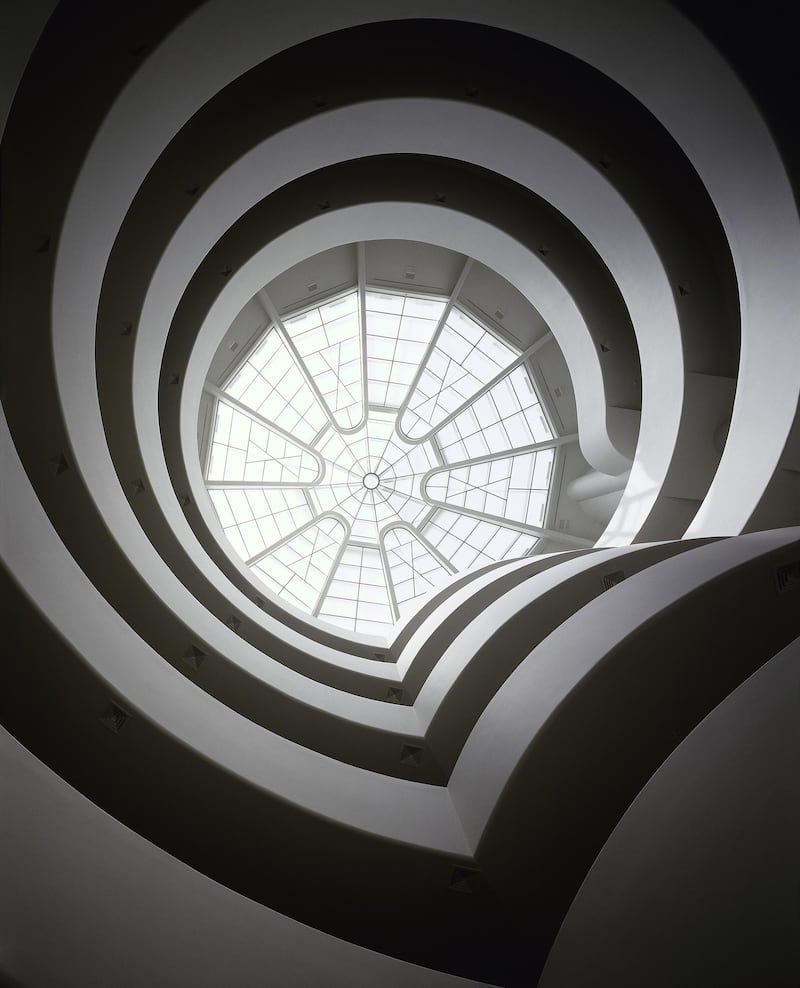
We're back to Street View for a whirl up and down the Guggenheim's famous spiralling central galleries, where the architecture is also an attraction; you can click on works by artists including Gabriel Orozco, Glenn Ligon, and Iván Navarro en route. Plus enjoy free audio guides via an app, and online talks at guggenheim.org
Musée d’Orsay
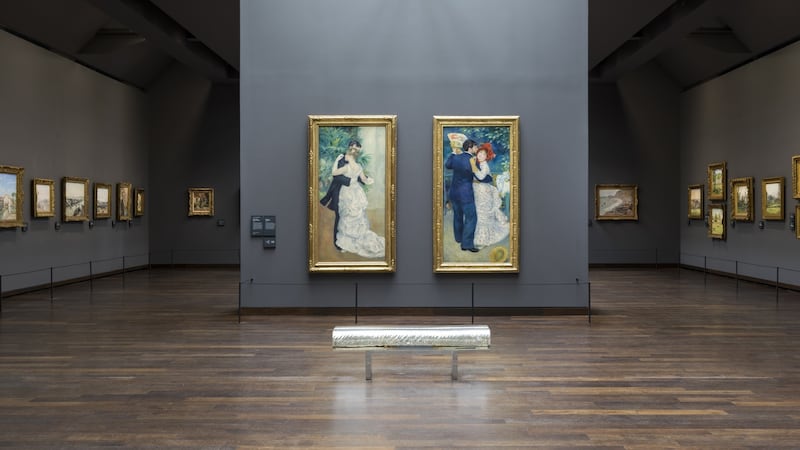
Maybe I'd just gotten better at it at this point, or maybe it's simply because I love their collection, but Street View's tour of this Parisian museum's Impressionist pieces is gorgeous. Some galleries stay tantalisingly out of reach, but there's plenty of glorious Manet, Monet and their pals to keep you occupied. Be warned, they only name the famous, so cue plenty of family bickering about the rest of the pictures – if that's the type of thing your family bickers about. artsandculture.google.com
MMCA
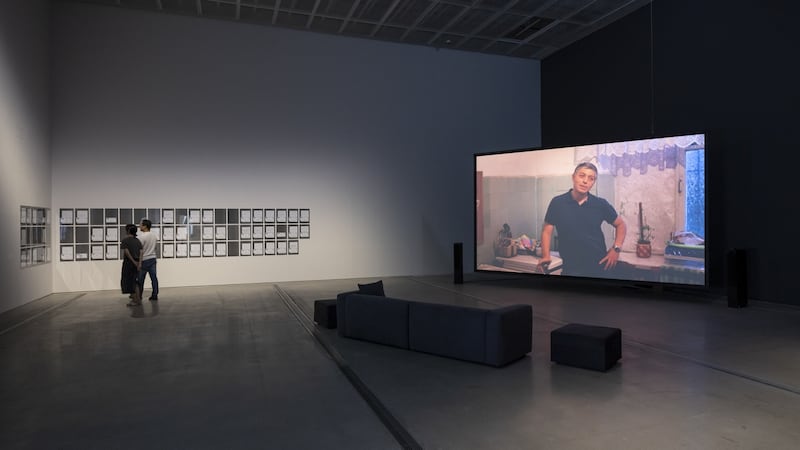
Spread your cultural wings and head to Korea for the National Museum of Modern and Contemporary Art, Korea (MCCA). A series of subtitled YouTube tours bring you into the museum, exploring the buildings and their exhibits. The tours are quite in-depth, but have patience and you'll find yourself intrigued by what was, to me, an utterly different set of cultural expressions. You can also search the collection, or explore selected highlights. I got a little lost in Myoung Ho Lee's Tree . . . #7. mmca.go.kr/eng
Tretyakov Gallery

Dedicated to Russian fine art, including works by Ilya Repin and Kazimir Malevich, Moscow's Tretyakov offers English-language online courses, to let you delve into some of the museum's superstar artists, at their educational site lavrus.art. Visit highlights of the collection online at tretyakovgallery.ru, and also via Google Arts & Culture, which has an in-depth look at Kandinsky's Composition VI, with accompanying music from Arnold Schoenberg.
The Louvre
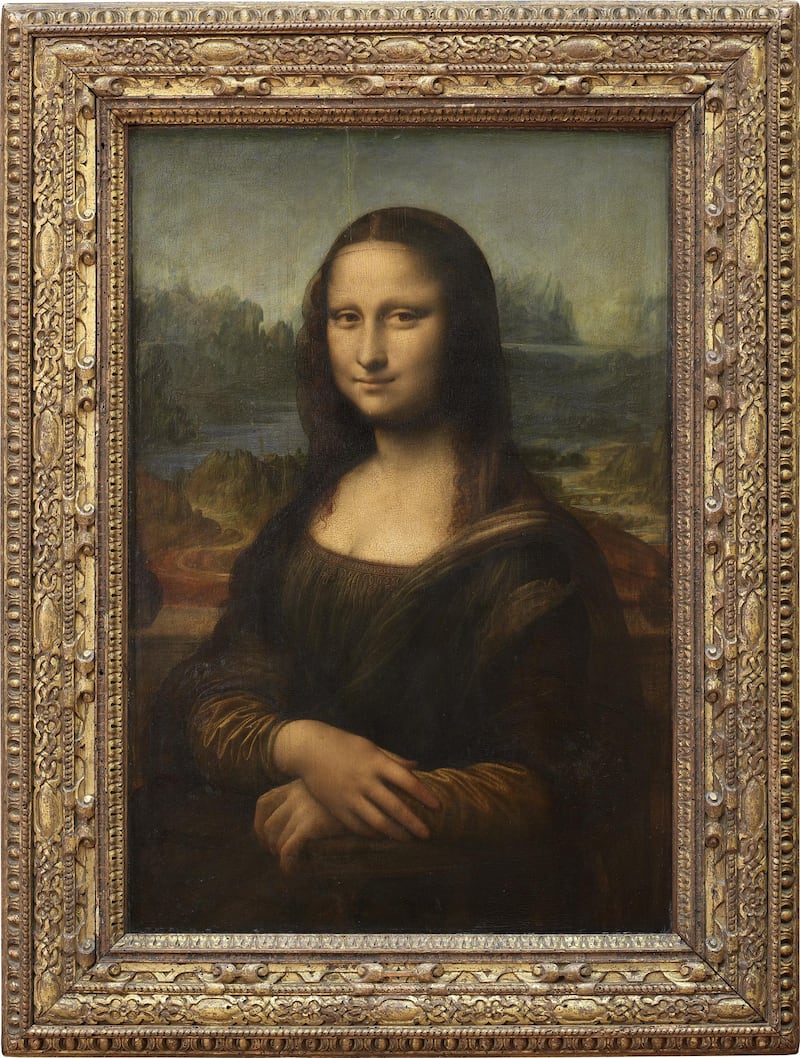
Get up close and personal with the Mona Lisa at the Louvre's website. A high-resolution scan lets you get almost right up her nose. Add in scientific scans and an intriguing video, and I almost became a convert to the painting's fame. The museum team tweets in English at 7pm daily with the #WorkOfTheDay, and posts on Instagram with #LouvreHistory on Wednesdays and #LouvreDetails on Fridays. louvre.fr/en
Van Gogh Museum
Once upon a time, someone decided on-screen art viewing was best done to the accompaniment of undemanding piano and the odd bit of swelling strings. A series of YouTube videos of this Amsterdam museum allow you to explore its paintings and objects (including the artist's palette), although after a while the soundtrack meant I did turn the sound down. The website also has projects for kids, and translations of some of Van Gogh's letters, which I found surprisingly poignant, even when he was being cheerful. vangoghmuseum.nl/en
At home
At the time of writing, many of our own galleries are still working on their online options. The RHA has a series of staff suggestions for websites, podcasts and links, including Google Arts & Culture, and their virtual reality project with Iput and Éilis O'Connell is up and running in Wilton Park (rhagallery.ie). The Glucksman has an online art-project-a-day challenge with #CreativityAtHome (glucksman.org). And the National Gallery has podcasts and projects, as well as ask us anything sessions on Instagram. The National Gallery's Zurich Young Portrait Prize opens for entries in April, so young artists (up to the age of 18) can start brushing up now (nationalgallery.ie).












